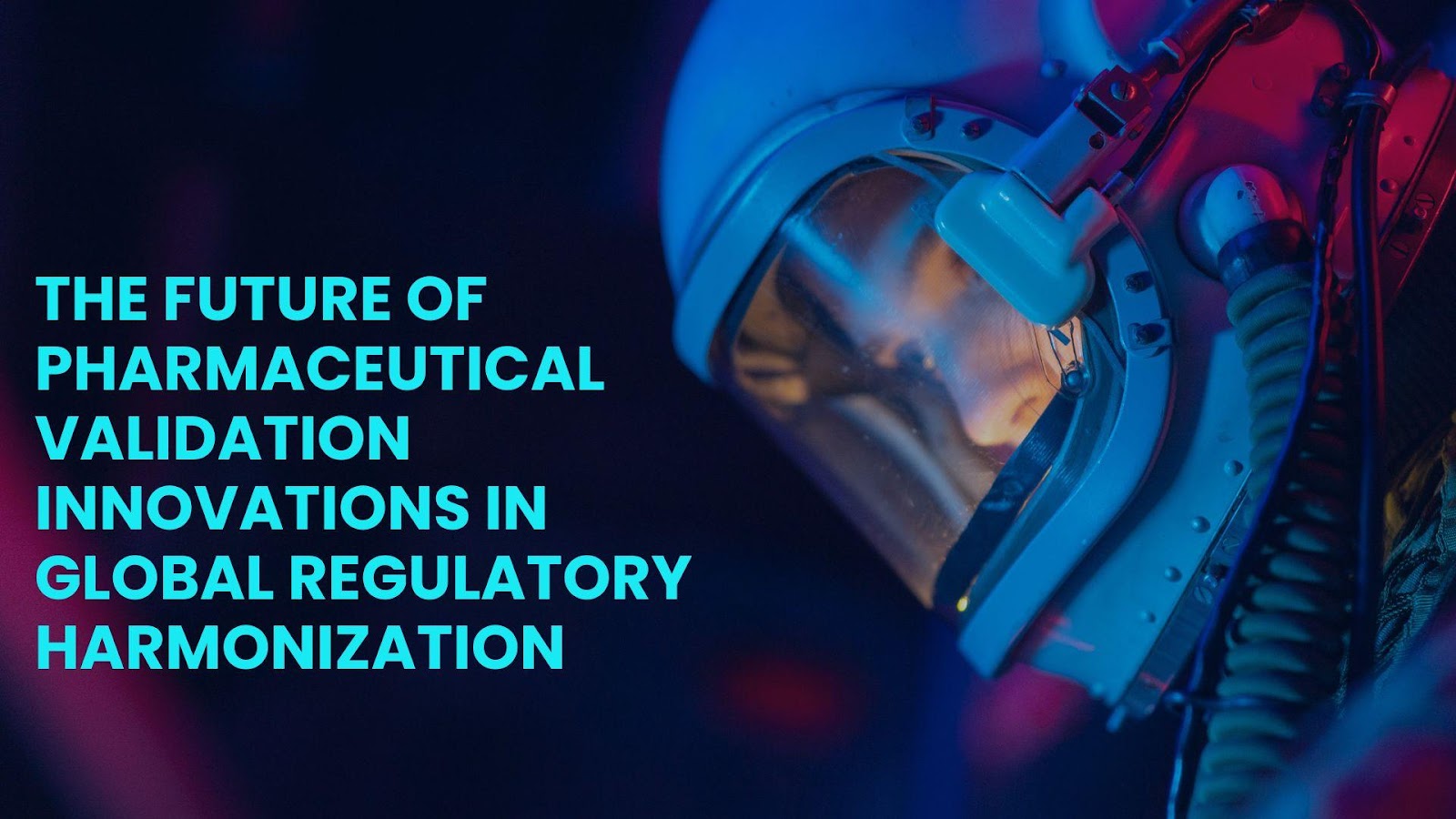In the modern era, the pharmaceutical industry operates within a highly intricate regulatory landscape, requiring companies to comply with diverse validation standards across multiple jurisdictions. This challenge has led to an increased focus on regulatory harmonization—an approach designed to streamline validation processes while maintaining high-quality standards. Devkumar Darshan Rajpuriya, an expert in pharmaceutical regulatory frameworks, explores the transformative potential of harmonization strategies in pharmaceutical validation, emphasizing key innovations that enhance efficiency and compliance.
The Need for Regulatory Harmonization
Divergent regulatory requirements often result in redundant validation activities, increased operational costs, and prolonged market entry timelines. Studies indicate that pharmaceutical companies spend approximately one-third of their research and development budget on compliance-related activities. The absence of standardized protocols leads to duplicated validation procedures across multiple markets, significantly delaying drug approvals. Harmonizing validation practices presents an opportunity to mitigate these inefficiencies while ensuring safety and efficacy.
Risk-Based Validation: A Proactive Approach
A major advancement in regulatory harmonization is the adoption of risk-based validation frameworks. By prioritizing high-risk areas while streamlining lower-risk processes, companies can reduce validation cycle times and enhance regulatory compliance. Reports indicate that organizations implementing risk-based validation approaches experience an average 38.5% reduction in validation cycle times. This methodology also results in fewer quality investigations and regulatory observations, ultimately leading to improved operational performance.
Standardized Protocols: Reducing Redundancies
The development of universal validation protocols has emerged as a critical component of harmonization efforts. Research reveals that approximately 68.5% of validation requirements overlap across major regulatory frameworks, with analytical method validation showing the highest degree of commonality. Implementing standardized templates for validation protocols has been shown to decrease document preparation time by nearly 50%, significantly reducing regulatory bottlenecks and compliance burdens.
The Role of Digital Transformation in Validation
The integration of digital validation tools is another key innovation driving efficiency in pharmaceutical regulatory processes. Digital solutions, including paperless validation systems and automated data tracking, have demonstrated a 61.4% reduction in documentation time. These technologies enable real-time data integrity monitoring and enhance compliance readiness by ensuring transparency in validation processes. As digital transformation continues to evolve, regulatory agencies are expected to support broader adoption of these tools to facilitate faster and more reliable validation outcomes.
Enhancing Operational Efficiency through Harmonization
Operational efficiency remains one of the most significant benefits of regulatory harmonization. Reports suggest that companies that have successfully implemented harmonized validation frameworks achieve a 37.8% reduction in overall validation timelines. Additionally, streamlined documentation efforts have led to a 35.2% decrease in validation-related paperwork. These improvements translate to substantial cost savings and enhanced resource utilization, allowing organizations to focus more on innovation rather than administrative burdens.
Future-Proofing Validation with Emerging Technologies
The pharmaceutical industry is rapidly adopting emerging technologies such as real-time release testing and continuous manufacturing. These advancements require validation frameworks that accommodate dynamic regulatory environments. Studies indicate that the adoption of continuous manufacturing validation approaches results in a 51.3% reduction in validation timelines and a 43.7% decrease in associated costs. As regulatory bodies worldwide shift towards supporting these innovations, companies must proactively adapt their validation strategies to remain competitive.
The Business Impact of Regulatory Harmonization
Beyond operational efficiency, harmonized validation frameworks also contribute to improved market access and cost reduction. Organizations implementing these frameworks have reported an average reduction of 78 days in market authorization timelines. Furthermore, validation-related expenses have decreased by 42.3%, leading to an estimated $2.95 million in savings per new product introduction. These efficiencies allow pharmaceutical companies to allocate more resources to research and development, ultimately accelerating the delivery of life-saving treatments to patients worldwide.
In conclusion, regulatory harmonization is transforming pharmaceutical validation by enhancing efficiency, eliminating redundancies, and ensuring global compliance. By adopting risk-based validation, standardized protocols, digital transformation, and emerging technologies, companies are achieving expedited approvals and improved operational performance. As the pharmaceutical industry advances, implementing harmonized validation frameworks will be essential for sustained success. Devkumar Darshan Rajpuriya’s insights underscore the profound impact of these innovations, emphasizing the need for collaboration among regulatory authorities, industry stakeholders, and pharmaceutical companies to establish a more efficient and effective validation ecosystem.



































